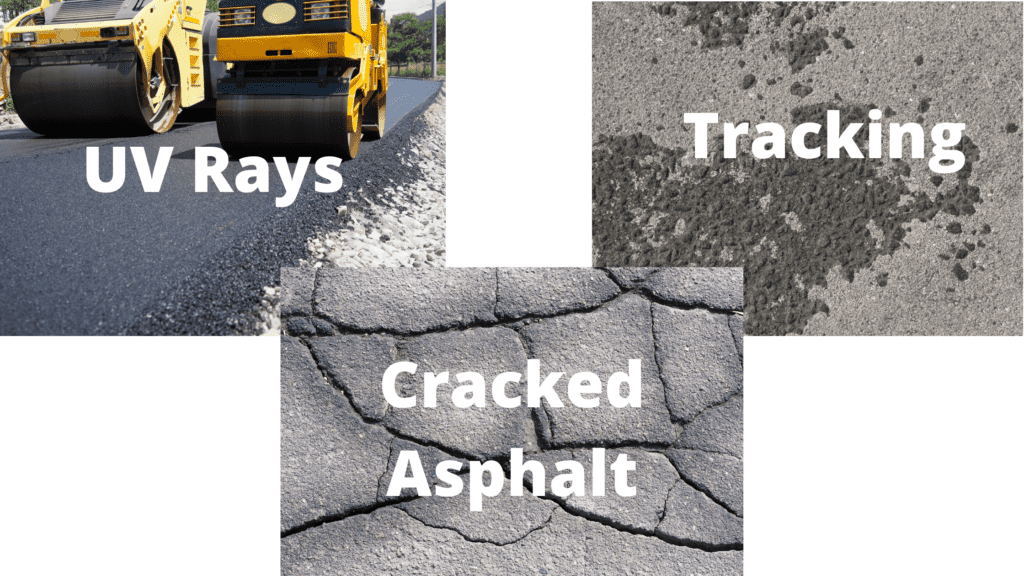Residents in the Pacific Northwest may still remember 2021’s summer of heatwaves. In Oregon, some temperatures reached close to 118 degrees last year!
Even without a rise in heatwaves, summer temperatures can still get very hot across the country, which means that the asphalt temperatures in the summer also rise significantly and sometimes to dangerous temperatures.
Hot asphalt is more than just a nuisance; it can turn into a real problem for kids and pets. From posing a safety issue to potentially degrading the quality and stability of the asphalt, it’s important that you understand what the heat does to Pacific Northwest asphalt if you live or work in the area.
Check out this quick overview of things to be on the lookout for when Summer temperatures start to make asphalt pavement bake in the heat.
Hard Surface Damage
Excess fluctuations in asphalt temperatures and concrete can wreak havoc on the hard surfaces, weakening them in a few different ways. As temperatures rise, asphalt may absorb more heat, and, in turn, develop soft spots and other imperfections that can cause problems further down the line. This is why proper maintenance—such as seal coating—is encouraged on a regular basis, otherwise a few different problems could develop.
Oxidation
In the summer, when the sun is high, asphalt surfaces become bombarded not only with heat from the sun, but also UV rays. UV rays can react with the various light and heavy oils in asphalt, weakening them over time. This makes the asphalt more brittle, which can also make it more prone to cracking.
Cracking
Cracking typically occurs when older pavement jobs are blasted with high temperatures; however, if your asphalt was improperly installed, it may also be at risk for cracking even if it’s relatively new. Make sure to work with a professional asphalt repair company to prevent cracks in the future.
Tracking
Tracking generally happens with newer asphalt, and is the technical term for when tires or even shoes pick up small pieces of asphalt. While not a major problem, it certainly is annoying for pedestrians, bicyclists and motorists.

Asphalt Temperature Safety For Pets And Children
When the outside air reaches the high 70s, asphalt can reach highs of 125 degrees Fahrenheit. On sweltering summer days in the 90s, asphalt can reach an internal temperature of almost 150 degrees!
It’s unlikely that when temperatures reach the upper 90s and above, that children opt to go outside to play kickball in a parking lot or ride their bike around the neighborhood. That being said, there are some situations that require planning if kids and pets are to be outside playing in the neighborhood on a hot summer day.
Dog’s paws and children’s skin are very sensitive, and hot asphalt can cause serious burns if you aren’t careful. A general rule of thumb for pets is that if you’re unable to hold the back of your hand on the asphalt for 7 seconds comfortably, then it’s too hot.
Avoid taking dogs outside on days when the asphalt or concrete is too hot, and if kids are out to play, make sure to watch them carefully and ensure they’re wearing the proper footwear.
While often overlooked, hot asphalt can be a serious threat to kids and pets. Properly maintaining your asphalt pavement is a key part of maintaining infrastructure like roads and bridges, as well as other paved surfaces like parking lots.
When you need reliable commercial asphalt services for Northwest asphalt, look no further than AA Asphalting. From pavement restoration projects to patching, overlays and tack coating, AA Asphalting is an asphalt repair company with a track record of success. Reach out to AA Asphalting today for a free quote.

